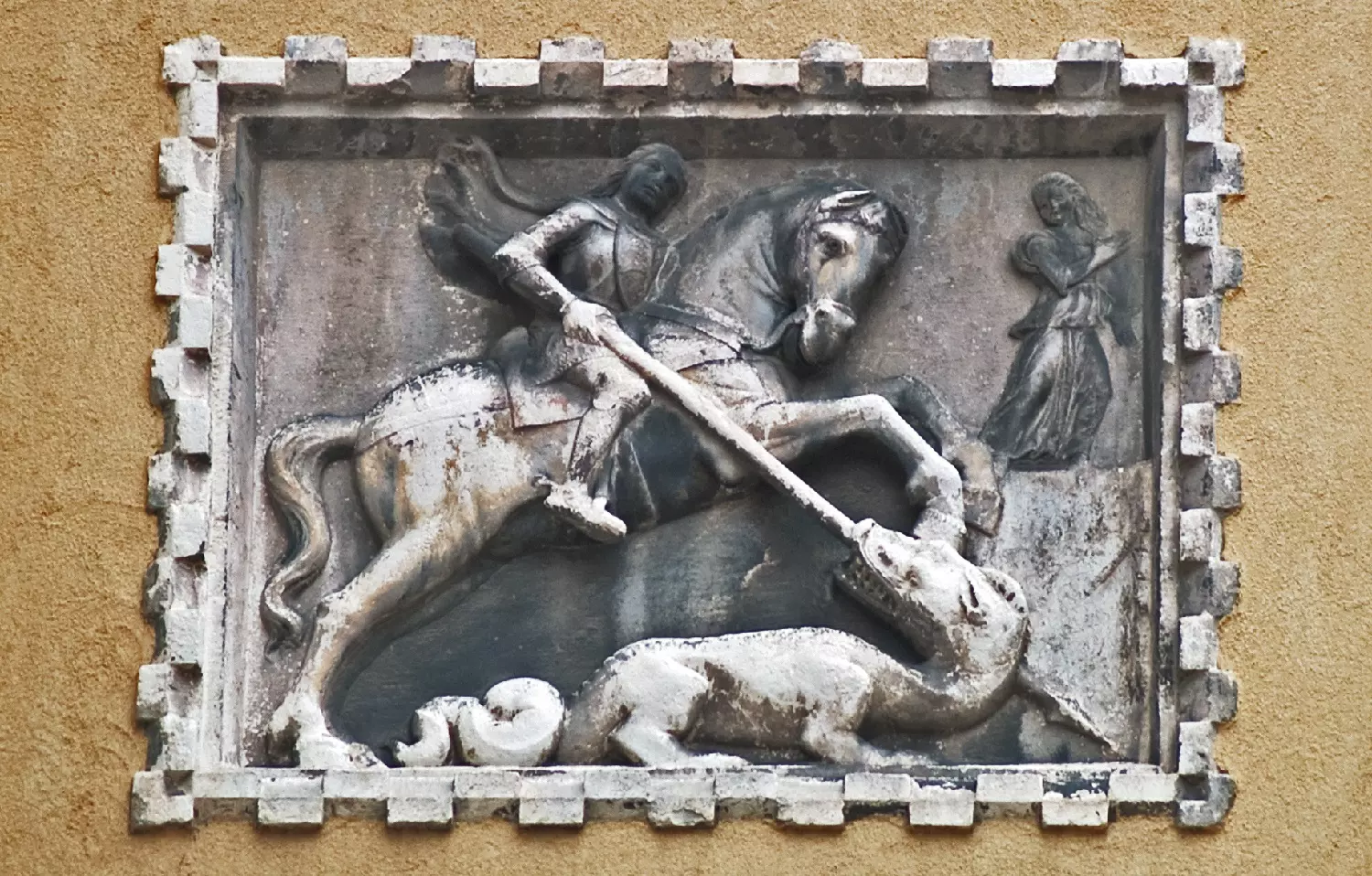[Originally published as Dragons & Dinosaurs]
There are numerous ancient drawings and carvings of dinosaur-like creatures in almost every continent around the world. Dragon legends also exist in almost every culture around the world. Many of these describe creatures that are similar in size, shape, and features.
While many of these are likely fictional stories or exaggerations, it’s quite surprising how many of these “dragon tales” are told by credible historians—historians that we trust for framing history as we know it today. Why do so many accept historical facts from these famous historians, but readily dismiss their accounts of dragon/dinosaur creatures? Are we selectively choosing only the parts of their accounts that fit our worldviews?
For example, in 1271 Marco Polo authored the Travels of Marco Polo. Marco was the first European (on record) to visit China and Asia and record it in detail. His work and maps popularized the 4,000-mile “Silk Road” trade route. Maps of Asia were based on his descriptions until the sixteenth century, and Christopher Columbus relied on these maps for finding a sea route to China (1492).
Marco recorded dragons living with man. Regarding the Province named Karajan, he wrote,
Here are found snakes and huge serpents, ten paces in length and ten spans in girth (that is, 50 feet long and 100 inches [about eight feet] in girth). At the fore part, near the head, they have two short legs, each with three claws, as well as eyes larger than a loaf and very glaring. The jaws are wide enough to swallow a man, the teeth are large and sharp, and their whole appearance is so formidable that neither man, nor any kind of animal can approach them without terror. Others are of smaller size, being eight, six, or five paces long.
He continues by explaining how the “local citizens of the area hunted and killed the creatures.”
In 330 BC, Alexander the Great invaded India and brought back reports of seeing a great hissing dragon living in a cave, which people were worshiping as a god.[i] Later Greek rulers supposedly brought dragons alive from Ethiopia.
Athanasius Kircher (lived AD 1601–1680) was a German Jesuit Scholar who published 40 major works and taught at Roman College for over 40 years. In his chapter on dragons in Mundus Subterraneus, Kircher records:
Of winged dragons, dispute has only arisen between authors, most of whom declare them to be fanciful, but these authors are contradicted by histories and eyewitnesses. Winged dragons—small, great, and greatest—have been produced in all times in every land.
These could well refer to pterosaurs alive after the Flood.
Pliny the Elder (lived from AD 23–79), a well-known Roman scholar and historian was the author of Naturalis Historia(“Pliny’s Natural History”). In this famous work, Pliny writes:
Africa produces elephants, but it is India that produces the largest, as well as the dragon.
Herodotus was a famous Greek historian who lived between 484 and 425 BC. He was the first Greek writer who succeeded in writing a large-scale historical narrative that has survived the passage of time, which contributed to Herodotus being known as the “father of history.” Herodotus records:
Winged serpents are said to fly from Arabia at the beginning of spring, making for Egypt: but the ibis birds encounter the invaders in this pass and kill them…the serpents are like water snakes. Their wings are not feathered but very like the wings of a bat.
The above is only a selection of examples. Several more exist. The reader is encouraged to draw from the resources at the Creation Superstore for materials that discuss this topic thoroughly. The book by Vance Nelson titled, Untold Secrets of Planet Earth: Dire Dragons give the clearest evidence that dragons were dinosaurs.

Footnote:
[i] Charles Gould, Mythical Monsters, W.H. Allen & Co., London, 1886, pp. 382–383.







